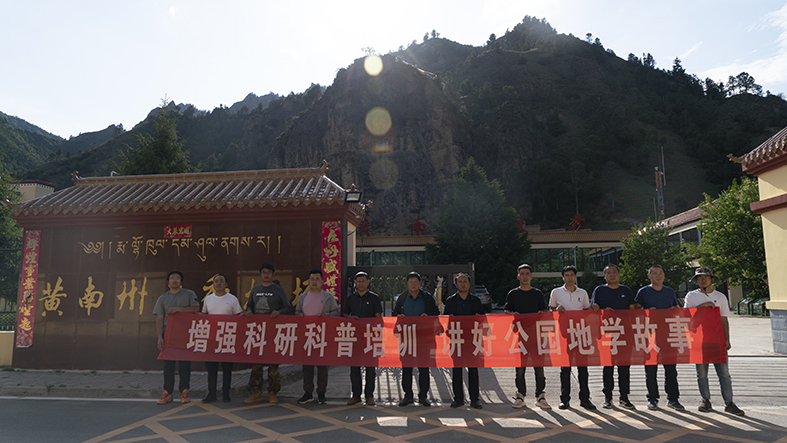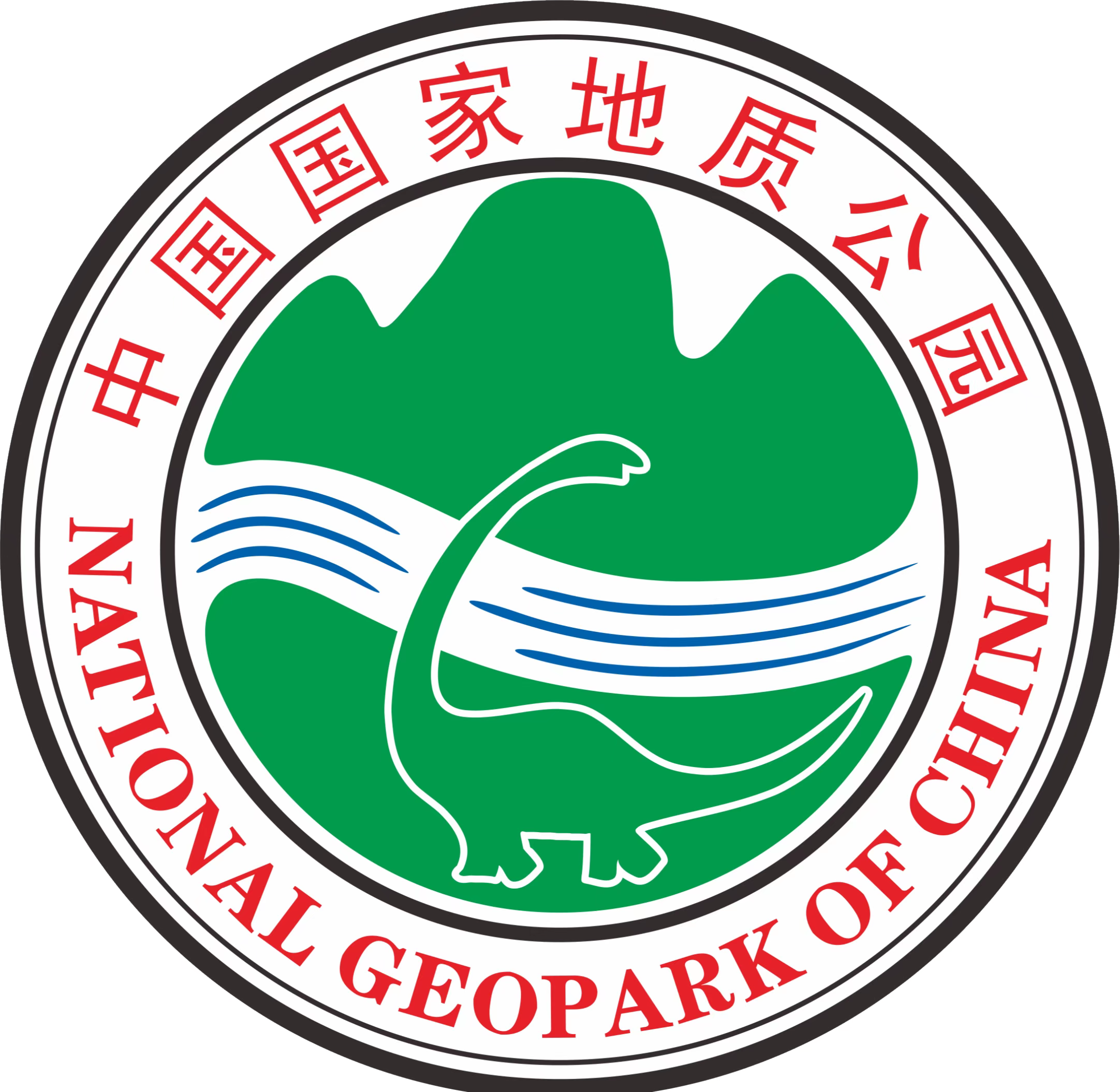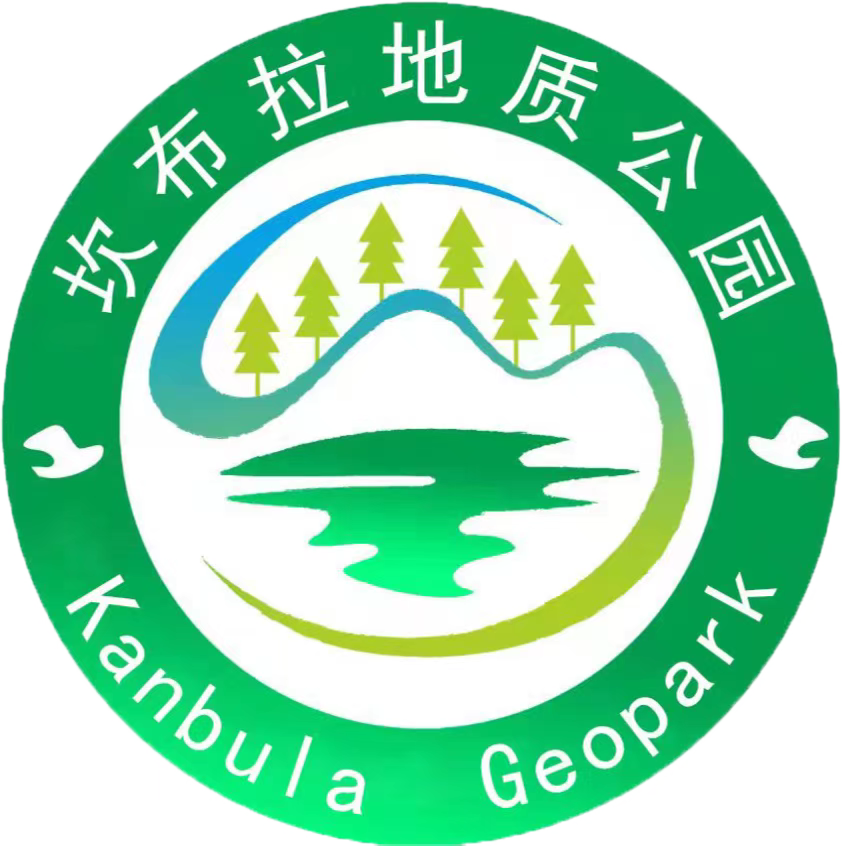
The preliminary survey and selection of the assessment and inspection route of the Kanbula Global Geopark is in full swing.
On June 28, the reporter learned from the Kanbula Scenic Area Management Committee that since the Kanbula National Geopark of Huangnan Tibetan Autonomous Prefecture was awarded the candidate site of UNESCO Global Geopark for 2021-2022, in order to ensure the smooth progress of the on-site evaluation work of UNESCO evaluation experts, various preparations for the welcome inspection have been fully rolled out.
Kanbula National Geopark is located on the northeast edge of the Qinghai-Tibet Plateau, on the south bank of the upper reaches of the Yellow River, and at the eastern foot of Shenbao Snow Mountain-Xiaqiong Snow Mountain. The tectonic division of the park belongs to the combination of the three orogenic belts of West Qinling, South Qilian and East Kunlun, with Kanbula National Geopark as the core area, and the creation area covers the areas of Jianzha, Tongren, Zeku and Maixiu, with a total area of 3136 square kilometers. The unique geological and geographical background has created a rich and diverse geological relics of the park, involving 7 categories, 19 categories and 35 subcategories, making the future Kanbula Global Geopark a comprehensive geopark integrating Maixiugu volcanic group, Longwu River Triassic section, along the yellow landslide group, Longwu Gorge snake greenstone, Danxia landform, small and medium-sized structures, flowing water erosion landforms, scenic river sections, etc., with high ornamental value, protection value and scientific research popularization value. Precious and beautiful geological relics, profound religious and cultural heritage, long and unique intangible cultural heritage and historical and cultural monuments, unique ecological and natural landscapes, infiltrate and blend with each other, creating the rich and colorful resource endowment of the Kanbula Global Geopark that is being created.
In addition, there are 721 items of intangible cultural heritage at all levels, including 2 world-class intangible cultural heritage items (Rebgong art and Huangnan Tibetan opera), 5 Guinness World Records, 6 national intangible cultural heritage, 5 national key cultural relics protection units, and 27 traditional Chinese villages. Aqiong Nanzong Temple, located in Nanzonggou, Kanbula Scenic Area, the core area of the park, has a history of more than 1,100 years. Jianzha County, where the core area of the park is created, is the "hometown of ethnic archery sports" and "the hometown of colorful divine arrow culture and art", as well as the Luoduojie Zhihe Temple Grottoes, known as the "Mogao Grottoes on the Qinghai-Tibet Plateau", which is also a prominent representative of the combination of geological relics and humanities.
Wang Xinning, general manager of Qinghai Xingren Cultural Tourism Development Co., Ltd., a declaration service unit, introduced that at present, with the technical support of the Hydrological Exploration Institute of Gansu Provincial Bureau of Geology and Mining, the comprehensive investigation of geological relics resources, the comprehensive evaluation of geological relics resources, the collection of rock and fossil specimens, the preparation and submission of domestic declaration materials and international Chinese and English declaration materials have been completed, and the entire declaration process has lasted more than two years.
Fu Weiwei, director of the Kanbula Scenic Area Management Committee, said that since the start of the application for the Global Geopark, the Kanbula Scenic Area Management Committee, as the applicant unit, has received strong support from the Provincial Forestry and Grassland Bureau and the Huangnan Prefecture Party Committee and State Government. To actively promote the creation of a global geopark and make every effort to build an international ecotourism destination, we are currently making every effort to promote the infrastructure construction and preparation of documents for the assessment and inspection.



